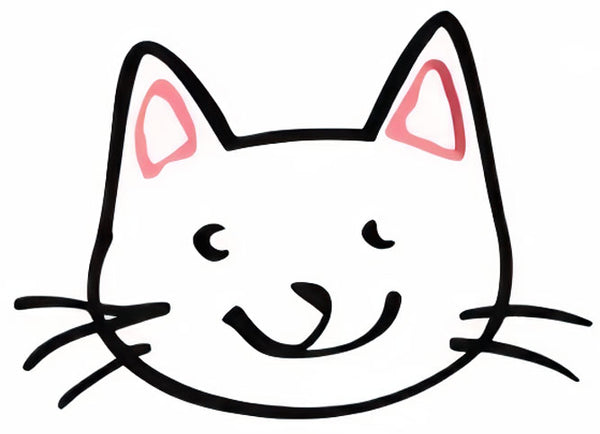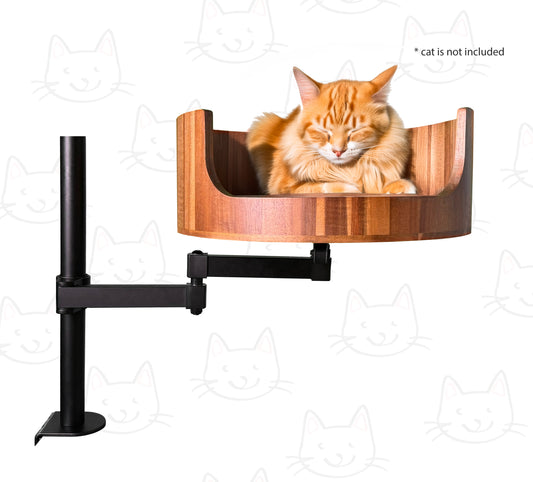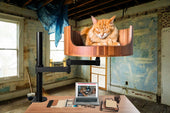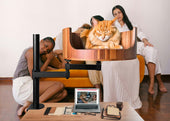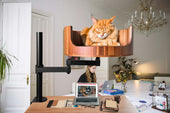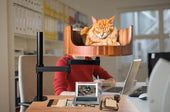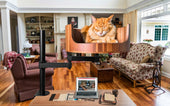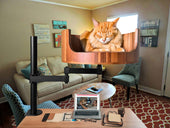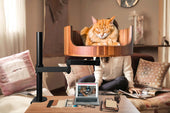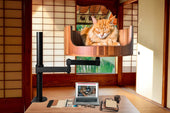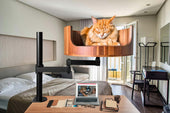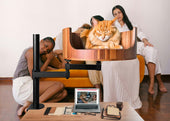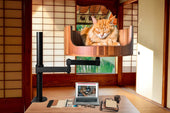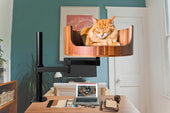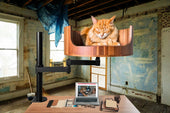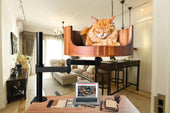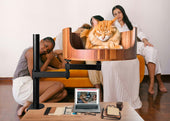
How do you convert cat years to human years? Here's how!
Share
Are you curious about how to convert your cat's age into human years? Look no further! In this article, we will delve into the fascinating world of cat aging and explore the methods used to calculate a cat's age in human years. By understanding how to convert cat years to human years, you can have a better grasp of your feline friend's life stage and overall health.
Many pet owners are unaware of the difference between cat years and human years, which can lead to misconceptions about their furry companions' age. Luckily, there are simple formulas to help you accurately determine your cat's age in human years. We will discuss these formulas and provide practical examples to guide you through the conversion process. Additionally, we will explore the factors that can influence the aging rate of cats and offer tips on how to support your cat's health and well-being as they mature. Whether you have a kitten, adult, or senior cat, understanding how to convert cat years to human years can enhance your bond with your beloved pet and ensure they receive the care they need at every stage of their life.
1. The myth of calculating cat years to human years by simply multiplying by seven is debunked.
2. An accurate formula to convert cat years to human years involves a more complex calculation.
3. Factors such as breed and size play a significant role in determining a cat's age in human years.
4. Understanding how to convert cat years to human years can help owners better care for their feline companions.
5. Consult with a veterinarian for a more precise assessment of your cat's age relative to human years.
The Science Behind Cat Years and Human Years
When it comes to converting cat years to human years, it's important to understand the science behind aging in both species. Cats and humans age at different rates, with cats experiencing rapid growth and development in their first few years of life. One common method used to convert cat years to human years is to consider the first year of a cat's life as equivalent to around 15 human years. The following years can then be calculated by adding around four human years for each additional cat year.
Factors Affecting the Conversion of Cat Years to Human Years
While the basic calculation for converting cat years to human years is a helpful starting point, it's important to consider other factors that can affect this conversion. Breed, size, and overall health can all play a role in how quickly a cat ages relative to humans. For example, smaller breeds tend to live longer and age more slowly compared to larger breeds. Additionally, indoor cats typically have longer lifespans than outdoor cats due to reduced exposure to risks and illnesses.
Case Study: Converting Cat Years to Human Years
To illustrate the process of converting cat years to human years, let's consider a hypothetical case study. Suppose we have a 10-year-old cat named Whiskers. Using the standard calculation of adding four human years for each cat year after the first year, we can estimate that Whiskers would be roughly equivalent to a 54-year-old human (15 years for the first cat year + 4 years for each additional year up to 10 years).
Health and Aging in Cats
Understanding how to convert cat years to human years can also help cat owners better care for their feline companions as they age. Just like humans, older cats may require special attention to their health and well-being. Regular veterinary check-ups, a balanced diet, and regular exercise can all contribute to helping cats live longer, healthier lives. By recognizing the factors that affect aging in cats and understanding how to convert cat years to human years, cat owners can provide the best possible care for their furry friends throughout their lives.
Desk Cat Nest FAQ
How do you convert cat years to human years?
One common method to convert cat years to human years is to consider the first two years of a cat's life as equivalent to 24 human years. After that, each additional cat year can be estimated as about four human years. So, a 5-year-old cat would be roughly equivalent to a 36-year-old human in terms of aging.
Why is it important to understand the age equivalency between cats and humans?
Understanding the age equivalency between cats and humans can help cat owners make more informed decisions about their pet's health and well-being. It can also help in providing appropriate care as cats age, such as adjusting their diet or exercise routine. Knowing the age equivalency can also be useful in estimating how long a cat may live and planning for their long-term care.
Are there any factors that can affect the age equivalency between cats and humans?
Yes, there are factors that can impact the age equivalency between cats and humans. These include the breed of the cat (some breeds live longer than others), their overall health and lifestyle, and genetics. Environmental factors, such as diet and exercise, can also play a role in how quickly a cat ages compared to the average age equivalency estimates.
In conclusion, using a Desk Cat Bed is a valuable choice for cat owners looking to properly care for their feline friends as they age. By providing a comfortable and supportive place for your cat to rest throughout the day, you can help them maintain their health and well-being, ultimately prolonging their lifespan. With the convenience of a Desk Cat Bed, you can easily monitor your cat's behavior and activity levels, allowing you to accurately track their aging process and better understand how to convert cat years to human years. The benefits of a Desk Cat Bed extend beyond comfort, offering a practical solution for keeping your cat happy and healthy for years to come.
